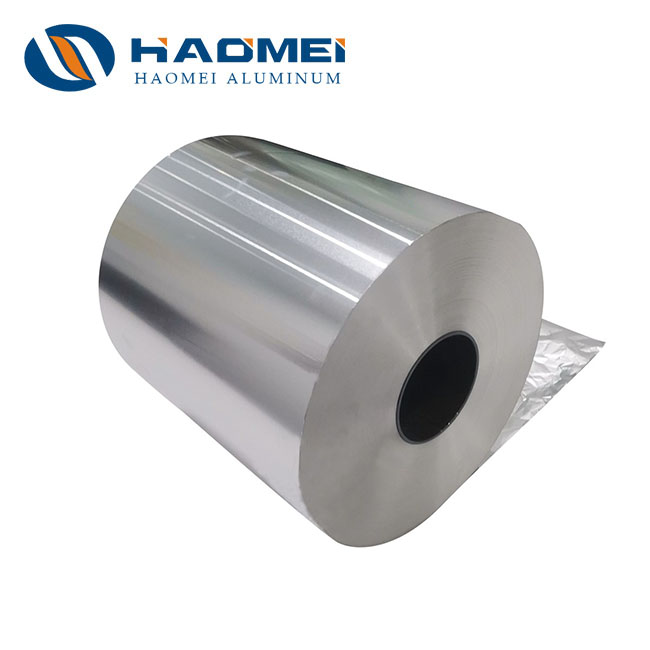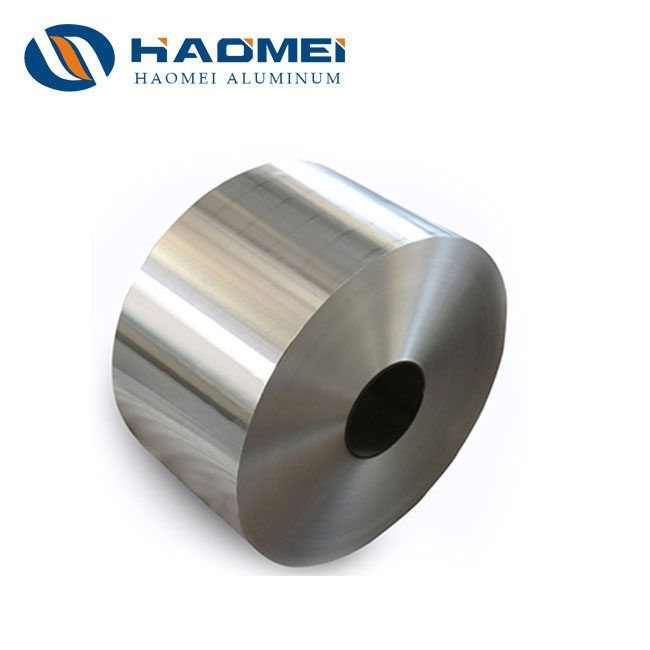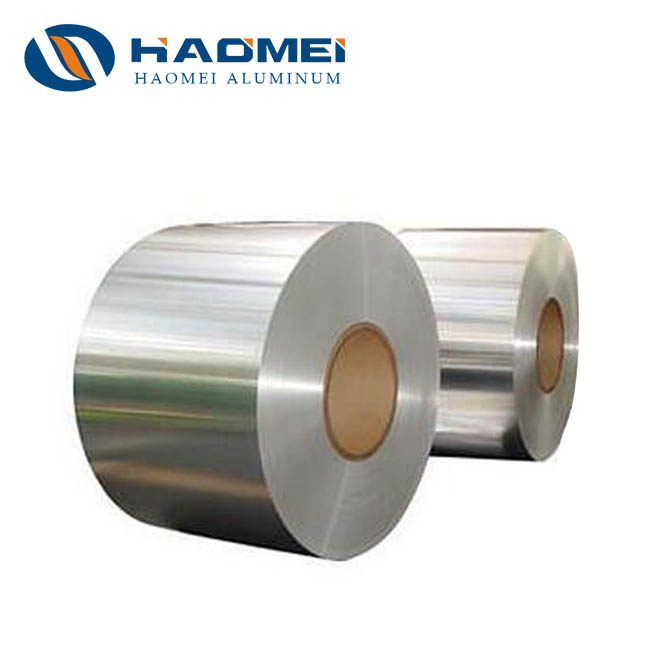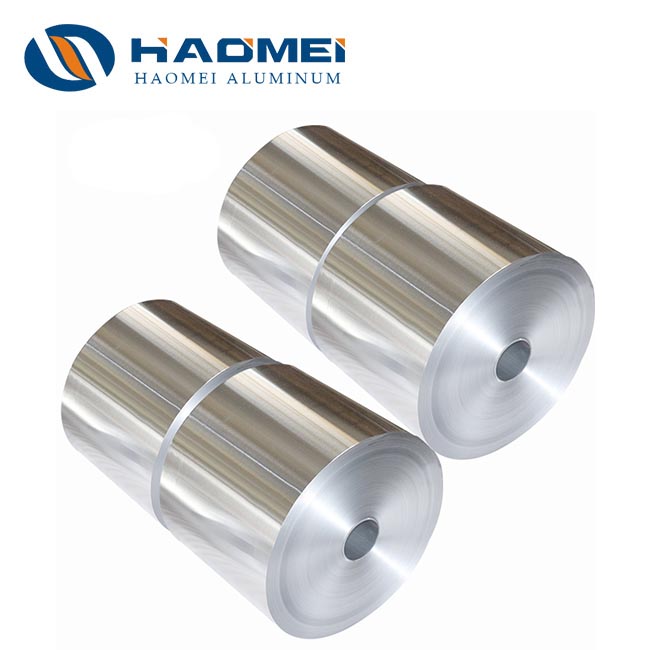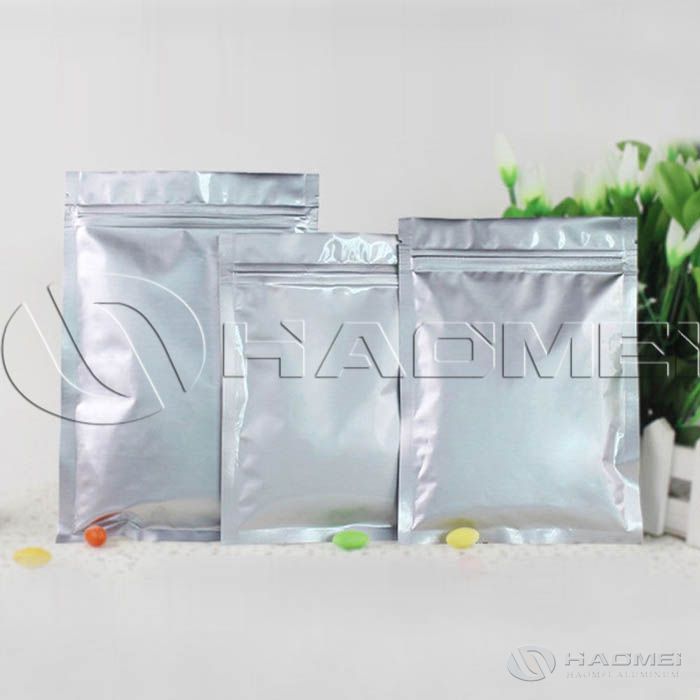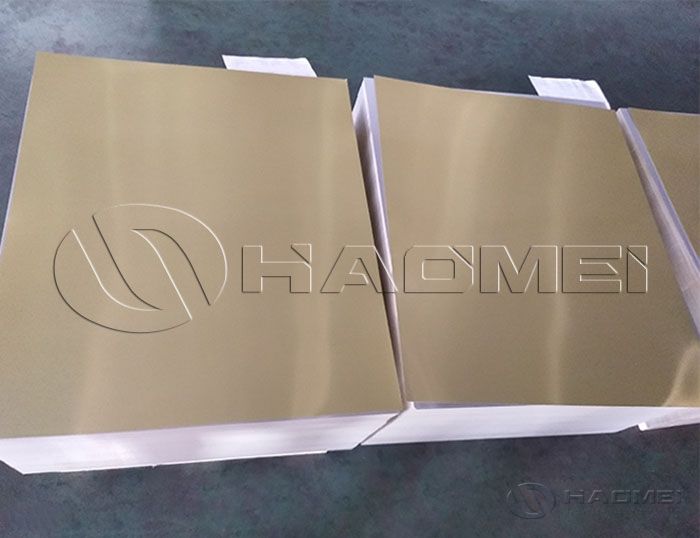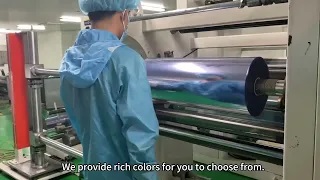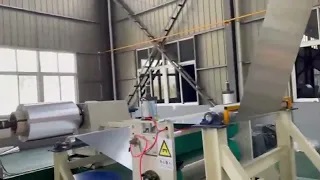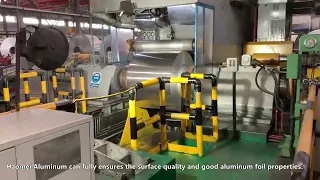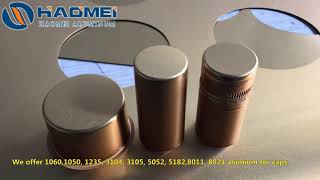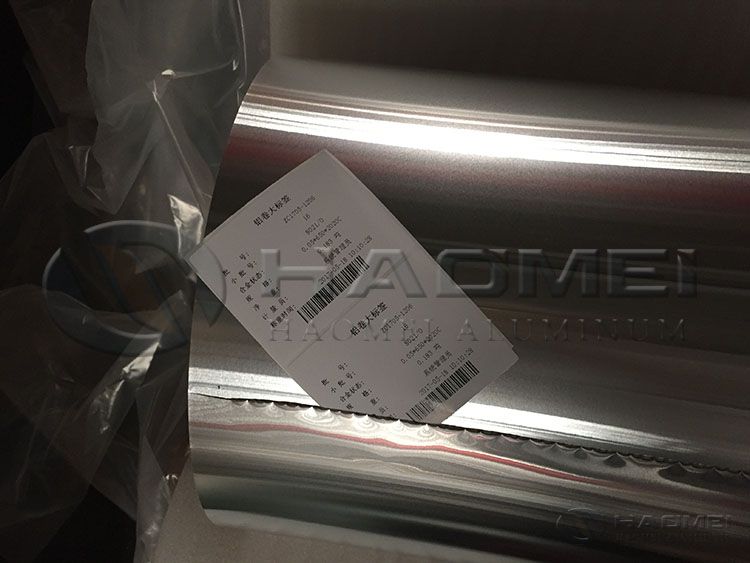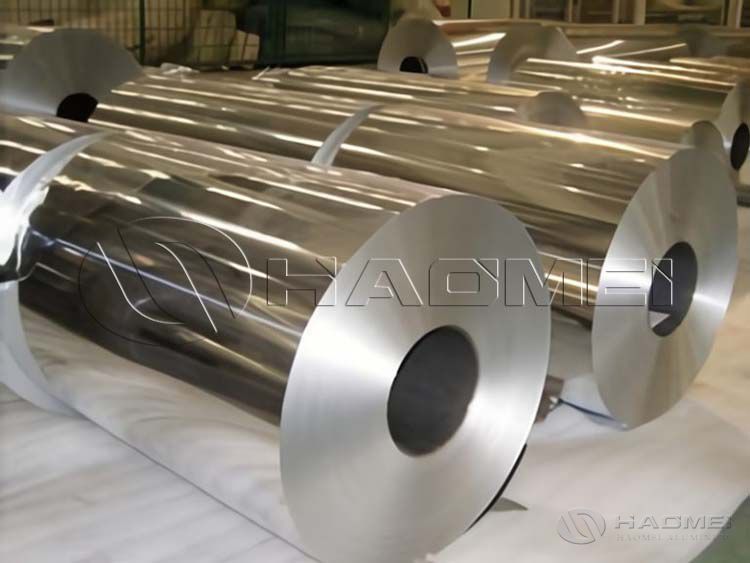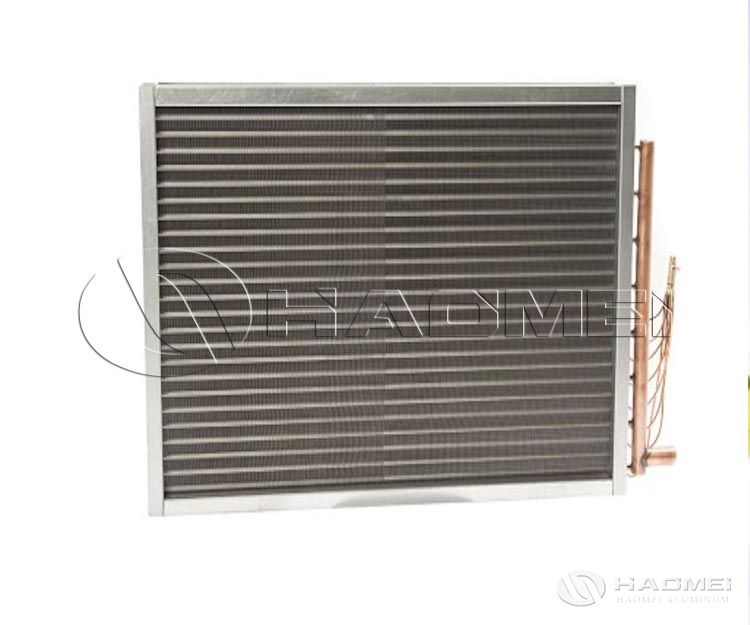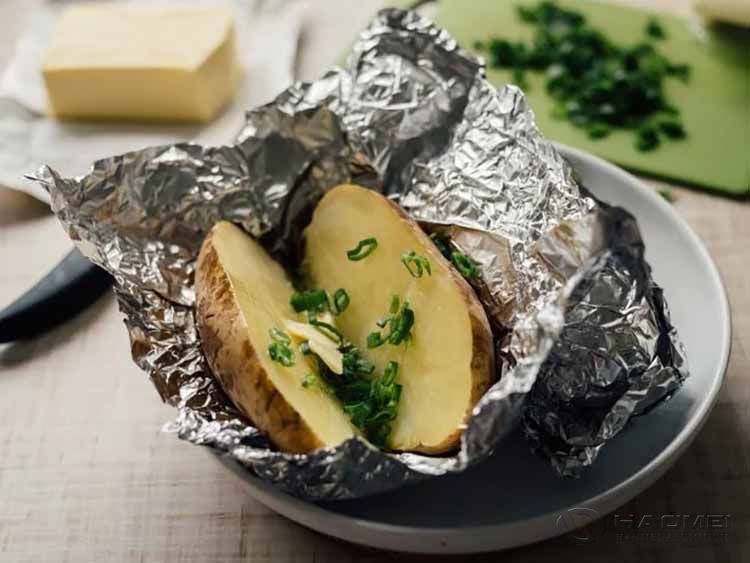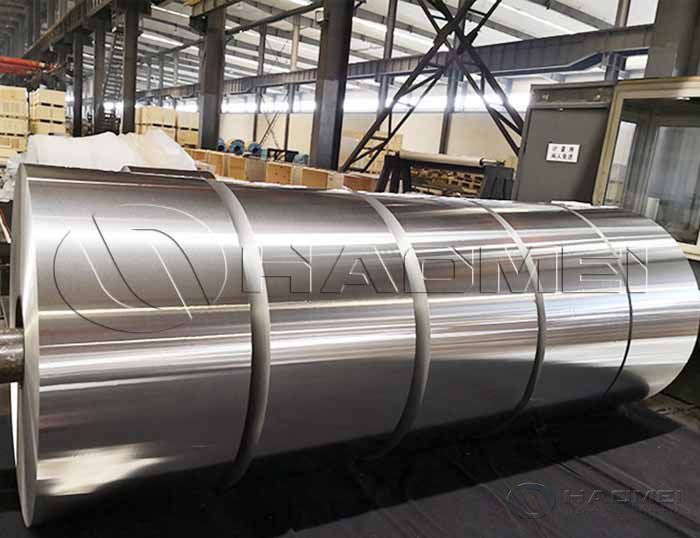What Is Structure of The Cold Form Blister Packaging
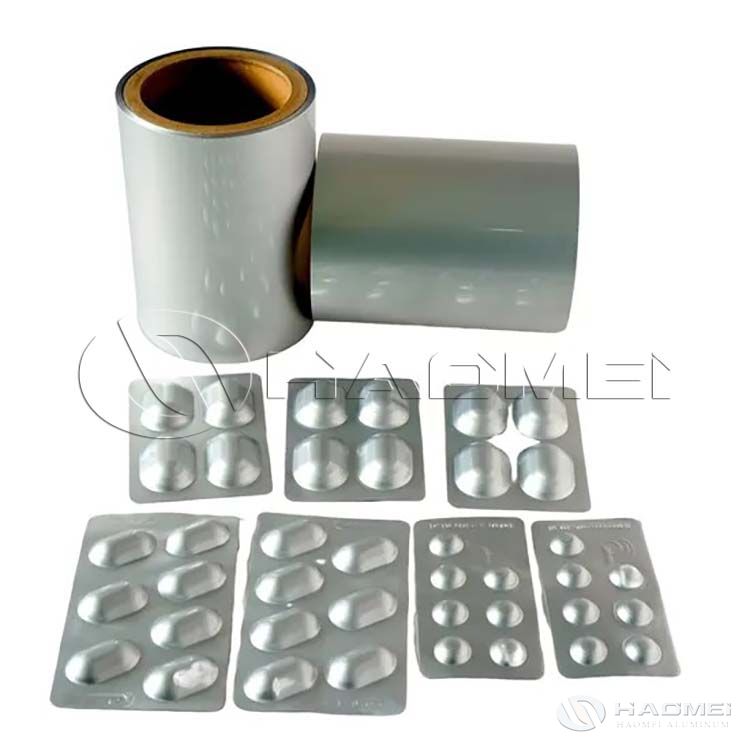
In the field of packaging, cold form blister packaging stands out for its unique advantages, especially in the wide application of pharmaceutical packaging. Cold-formed blister packaging is mainly composed of two parts: the blister and the base plate
In the field of packaging, cold form blister packaging stands out for its unique advantages, especially in the wide application of pharmaceutical packaging. Cold-formed blister packaging is mainly composed of two parts: the blister and the base plate.

Blister structure
The blister is the part that holds the product, and its shape is customized according to the shape and size of the product. For example, the common round and oval shapes are used for pharmaceutical tablets or capsule packaging, and the special-shaped blisters may be used for products of special shapes.
From the perspective of material structure, blisters are generally multi-layer composite structures. Taking the cold-formed blisters commonly used in pharmaceutical packaging as an example, from the outside to the inside, it is usually:
Surface support strength layer: This layer needs to have a smooth and flat surface, good transparency (in some cases where there are requirements for appearance display), extremely high mechanical strength, excellent impact resistance, and certain wear resistance and puncture resistance, in order to provide mechanical protection for the entire package.
Biaxially oriented nylon film (BOPA) is a commonly used material, and 25μm thick BOPA is generally used. Because the impact force and stretching during the cold stamping process are large, 15μm thick BOPA usually cannot meet the requirements (except for shallow stamping occasions).
Intermediate aluminum foil barrier layer: This is the key barrier layer. It not only has to bear the function of blocking water vapor, oxygen and light, but also needs to have strength support, anti-punching and stretching functions. It is different from the aluminum foil used for general soft packaging composites.
It is not ordinary pure aluminum foil, but an alloy aluminum foil with high strength and good elongation. The commonly used thickness is generally 45μm. For the case of shallow punching bubbles, the thickness can be appropriately reduced to 3μm; for the occasions where the punching bubbles are particularly deep (≥15mm) or the blister packaging is required to have good stiffness, the cold forming aluminium foil thickness can be increased to 70μm.
Inner surface heat sealing layer: Usually polyvinyl chloride (PVC) hard sheet is used, so that it can be heat-sealed with PTP aluminum foil for pharmaceutical packaging like PVC hard sheet for ordinary blister packaging.
The PVC used here is different from ordinary PVC. Considering factors such as compounding and punching, the method of grafting plasticizer factors in the PVC molecular chain segment is usually used for internal plasticization and internal lubrication.
The thickness of PVC is generally 60μm. When the product is required to have higher rigidity and stiffness, its thickness can be increased to 100μm. In some special occasions, polypropylene, polyethylene, polyester and Surlyn resin can also be used as heat sealing layer.
Baseboard structure
The baseboard mainly plays the role of sealing and carrying text and pattern information, and is generally a medicinal aluminum foil. The two sides of the medicinal aluminum foil are coated with ink, protective layer and adhesive layer respectively. It has the property of being easy to break under pressure, and is also called PTP aluminum foil.
According to functional requirements, paper, polyester film and other materials can also be composited on one side of the aluminum foil, and an adhesive layer can be coated on the other side to form a medicinal composite aluminum foil.
Material selection for cold-formed blister packaging
Biaxially oriented nylon film (BOPA): As an ideal material for the surface support strength layer, it has excellent mechanical properties and can withstand the strong external force during cold stamping, ensuring that the blister is not easily damaged during production and subsequent transportation and storage. At the same time, its good flexibility also helps to fit the mold shape during the molding process.
Alloy aluminum foil: Alloy aluminum foil is used for the middle aluminum foil barrier layer because of its unparalleled barrier properties. It can almost completely isolate water vapor, oxygen and ultraviolet rays, which is essential for the long-term storage of products that are sensitive to environmental factors, such as medicines and health products. Moreover, the metallic texture of aluminum foil can also enhance the overall grade of the packaging.
Polyvinyl chloride (PVC) and other heat-sealing materials: PVC is commonly used for the inner surface heat-sealing layer. Its good heat-sealing performance with PTP aluminum foil ensures the sealing of the packaging.
In some scenarios where environmental protection or special performance is required, materials such as polypropylene and polyethylene can replace PVC. They each have different advantages, such as the high strength of polypropylene and the flexibility of polyethylene.
Inquiry
Products Category
Latest Application
-
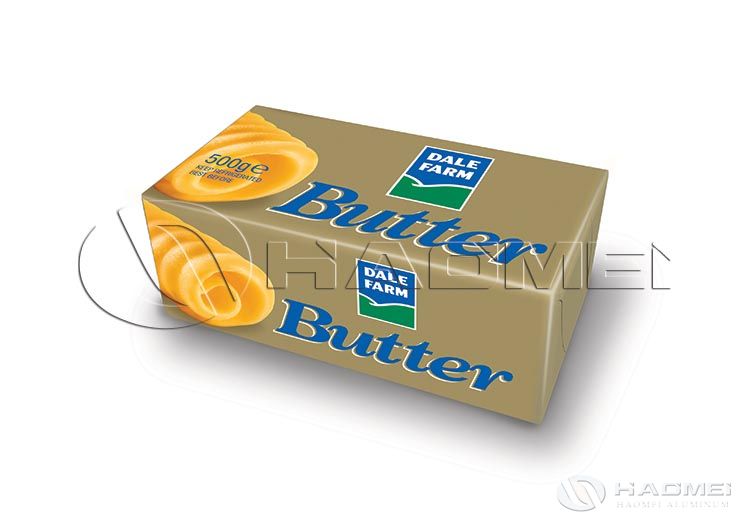 Why butter aluminum foil is neededButter aluminum foil blocks oxygen, moisture, and light, effectively preventing butter from oxidizing and spoiling, preserving nutrients, and significantly extending its shelf life. High-end products can see their sh
application
Why butter aluminum foil is neededButter aluminum foil blocks oxygen, moisture, and light, effectively preventing butter from oxidizing and spoiling, preserving nutrients, and significantly extending its shelf life. High-end products can see their sh
application
-
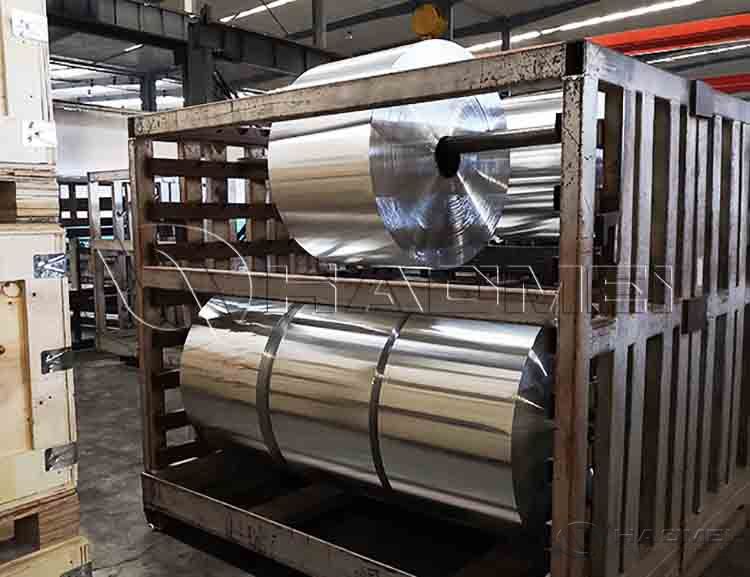 Cables are usually composed of conductors, insulation layers, shielding layers, and sheaths. Aluminum foil for cable is generally located outside the insulation layer as part of the shielding layer. It fits tightly to the surface of the insulation la
application
Cables are usually composed of conductors, insulation layers, shielding layers, and sheaths. Aluminum foil for cable is generally located outside the insulation layer as part of the shielding layer. It fits tightly to the surface of the insulation la
application
-
Aluminum Gold Foil Paper For Chocolate Wrapping
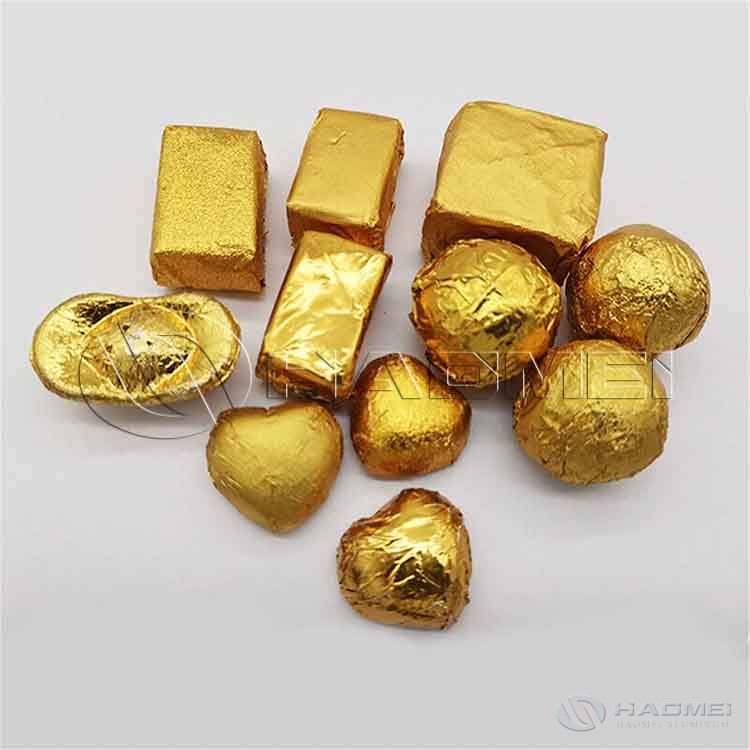 When is aluminum foil used for chocolate wrappingThe use of aluminium foil food for chocolate can be traced back to the early 20th century. In 1911, Swiss candy companies began to wrap chocolate with aluminum foil, gradually replacing the tin foil. T
application
When is aluminum foil used for chocolate wrappingThe use of aluminium foil food for chocolate can be traced back to the early 20th century. In 1911, Swiss candy companies began to wrap chocolate with aluminum foil, gradually replacing the tin foil. T
application
-
PVC Rigid Film and Aluminum Foil for Medicine Packaging
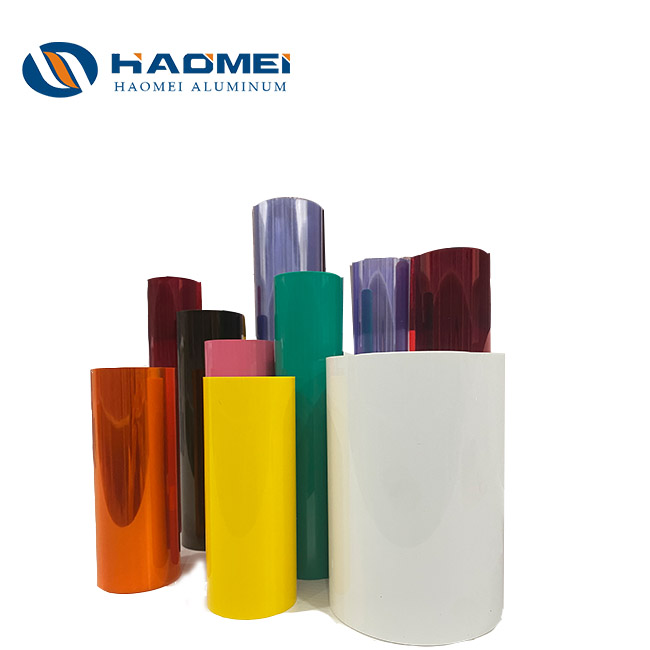 Haomei Aluminum provides different types of aluminum foil and plastic rigid films like PTP aluminum foil, cold forming foil, tropical foil, PVC rigid film, PE/PET film,etc. Best Price! Inquire now.
application
Haomei Aluminum provides different types of aluminum foil and plastic rigid films like PTP aluminum foil, cold forming foil, tropical foil, PVC rigid film, PE/PET film,etc. Best Price! Inquire now.
application
-
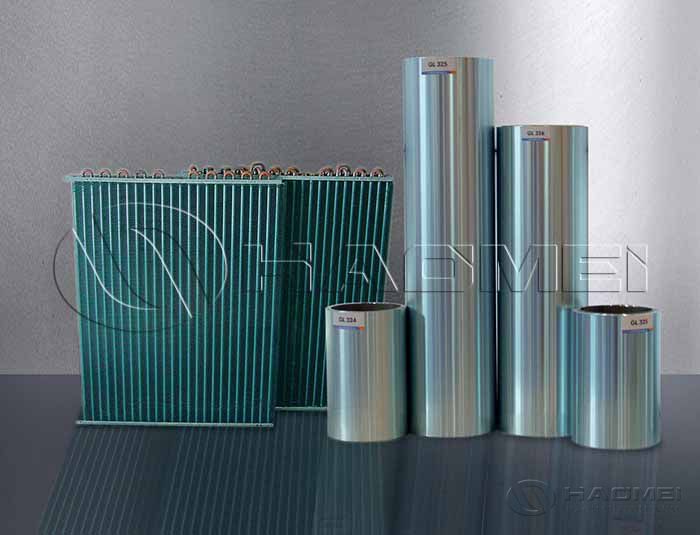 Haomei Aluminum offers you different colors of air conditioner aluminum foil like hydrophilic aluminum foil, including1100/ 3003 /8006/8011 aluminum foil,etc. Learn more.
application
Haomei Aluminum offers you different colors of air conditioner aluminum foil like hydrophilic aluminum foil, including1100/ 3003 /8006/8011 aluminum foil,etc. Learn more.
application
Latest Blog
-
What Are Uses of Heavy Aluminum Foil
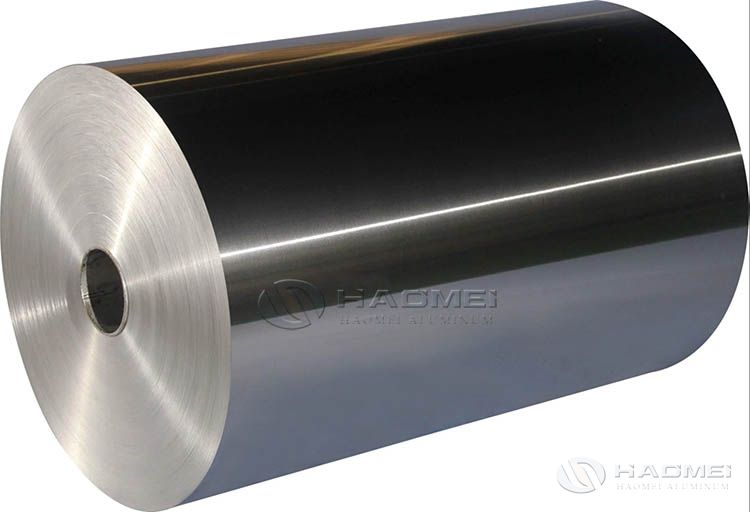 Heavy aluminum foil is still a thin sheet material made of aluminum and aluminum alloys through rolling. According to industry standards, aluminum foil is usually classified based on thickness: aluminum foil with a thickness of less than 0.1 mm is ca
Blog
Heavy aluminum foil is still a thin sheet material made of aluminum and aluminum alloys through rolling. According to industry standards, aluminum foil is usually classified based on thickness: aluminum foil with a thickness of less than 0.1 mm is ca
Blog
-
Blister Packaging: Aluminum foil and PVDC PVC
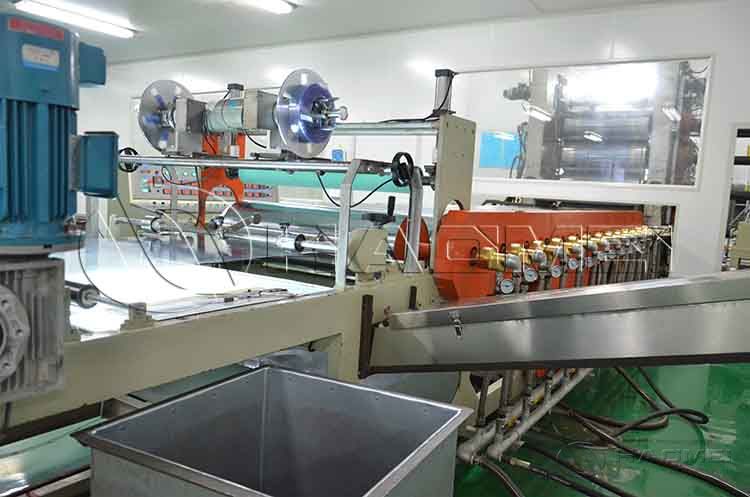 Opening a medicine box, the pills and capsules encased in transparent "bubbles" always give a sense of reassurance; opening a snack bag, individually wrapped candies and nuts are often hidden in similar packaging. This packaging format, which co
Blog
Opening a medicine box, the pills and capsules encased in transparent "bubbles" always give a sense of reassurance; opening a snack bag, individually wrapped candies and nuts are often hidden in similar packaging. This packaging format, which co
Blog
-
Heavy Duty Aluminum Foil For BBQ
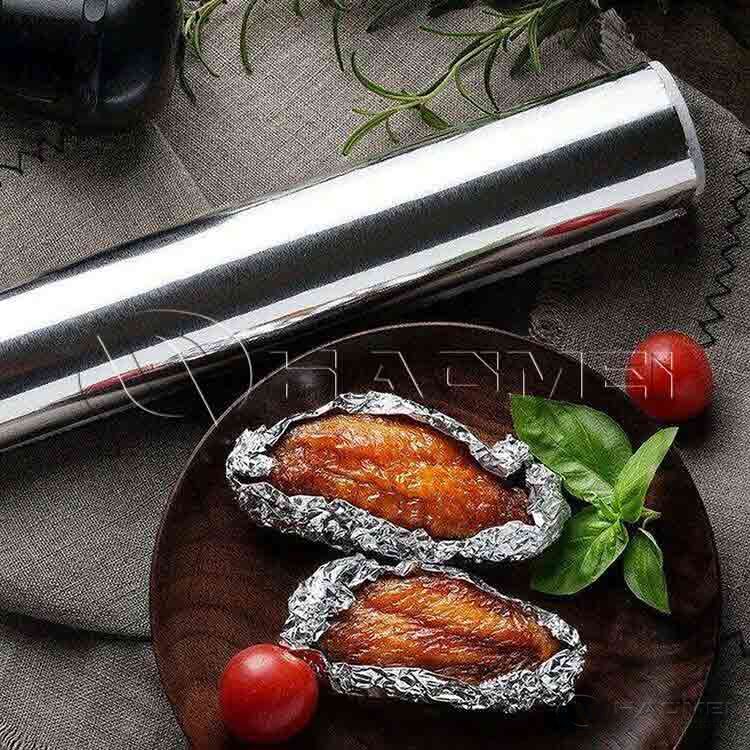 Many people think of aluminum foil as just a "wrapping tool," but in a barbecue setting, heavy duty catering foil offers much more than that; it acts as a "personal protective shield" and a "smart heat conductor" for the
Blog
Many people think of aluminum foil as just a "wrapping tool," but in a barbecue setting, heavy duty catering foil offers much more than that; it acts as a "personal protective shield" and a "smart heat conductor" for the
Blog
-
 Composition Purity 1050 Aluminum Foil: Aluminum content is ≥99.5%, belonging to basic high-purity pure aluminum, with no additional alloying elements added, resulting in a simpler composition. 1060 Aluminium Foil: Aluminum content is ≥
Blog
Composition Purity 1050 Aluminum Foil: Aluminum content is ≥99.5%, belonging to basic high-purity pure aluminum, with no additional alloying elements added, resulting in a simpler composition. 1060 Aluminium Foil: Aluminum content is ≥
Blog
-
The Use of Aluminum Foil in Industrial Field
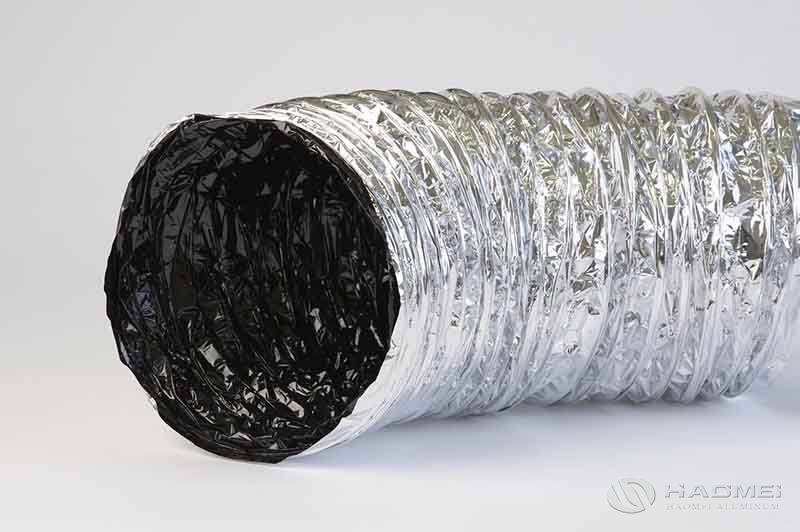 Among the many materials used in industrial production, aluminum foil plays an indispensable role in several key areas due to its unique physicochemical properties.CapacitorsAs crucial components for storing charge in electronic circuits, capacitors are w
Blog
Among the many materials used in industrial production, aluminum foil plays an indispensable role in several key areas due to its unique physicochemical properties.CapacitorsAs crucial components for storing charge in electronic circuits, capacitors are w
Blog

Haomei Aluminum CO., LTD.
Tel/Whatsapp: +86-15978414719
Email: sale@alumhm.com
Website: https://www.alumfoils.com
Xin'an Industrial Assemble Region,Luoyang,Henan Province,China
Office Add: 1103, No.14 Waihuan Road, CBD, Zhengzhou, China

